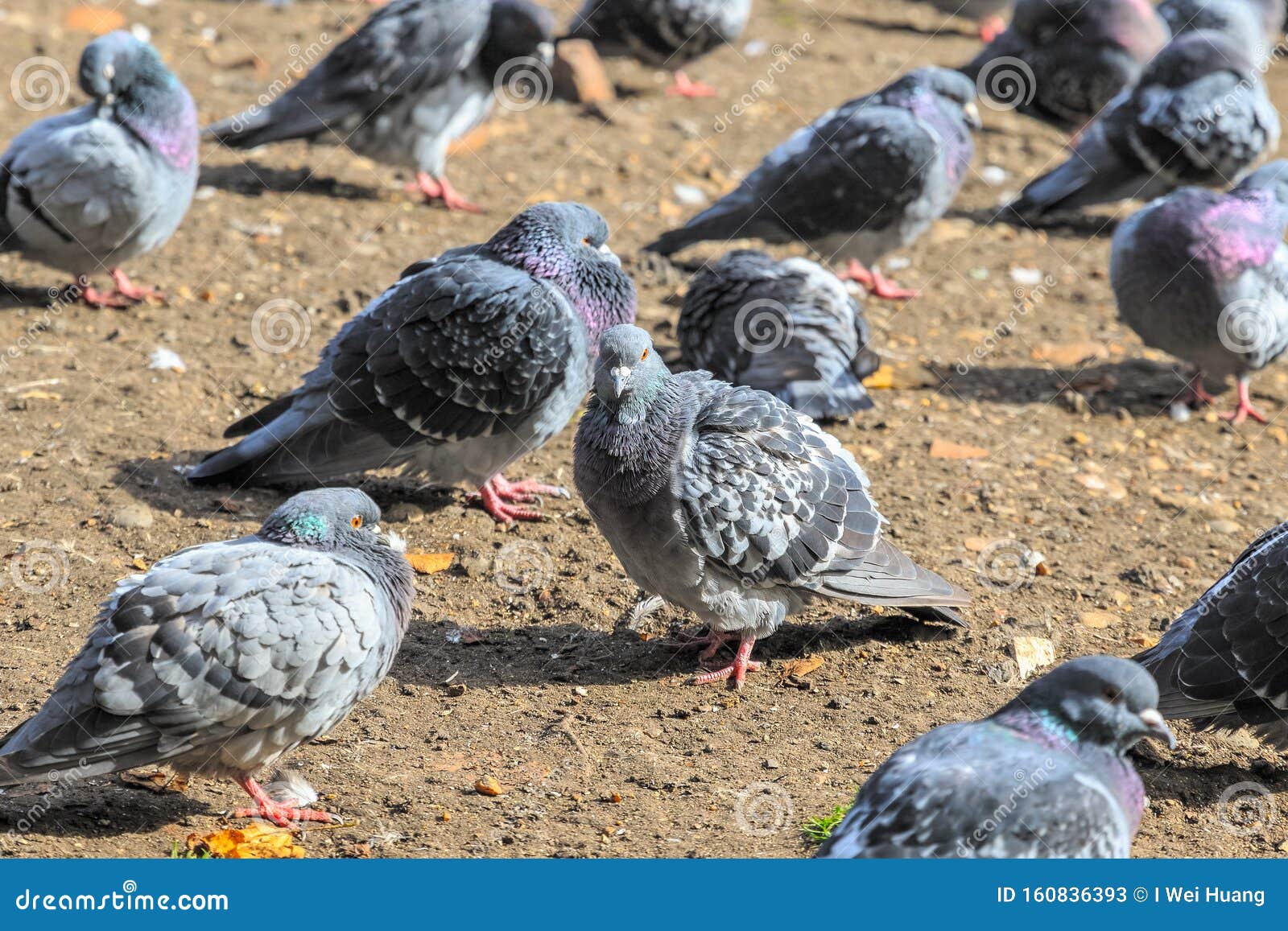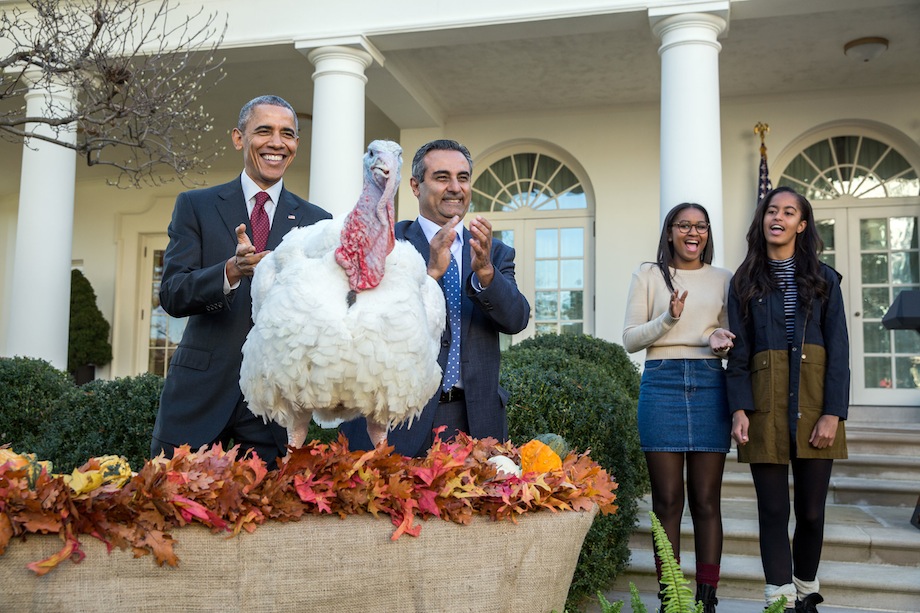Recent Russian Military Activities: Causes For European Concern

Table of Contents
The Ukraine Conflict and its Spillover Effects
The ongoing conflict in eastern Ukraine, fueled by Russian-backed separatists, remains a primary driver of European concern. This conflict, marked by persistent ceasefire violations and a continued flow of weapons and personnel from Russia, directly threatens regional stability and underscores the Kremlin's willingness to use military force to achieve its geopolitical objectives.
Ongoing Tensions in Eastern Ukraine
- Persistent Ceasefire Violations: The Minsk agreements, intended to end hostilities, are repeatedly violated by both sides, with Russian-backed separatists frequently shelling Ukrainian government-controlled areas. The OSCE Special Monitoring Mission to Ukraine (SMM) regularly reports on these incidents, documenting casualties and damage.
- Flow of Weapons and Personnel: Evidence suggests a continuous supply of weapons and personnel from Russia to the separatist groups in Donbas, enabling them to sustain their military operations and challenge Ukraine's sovereignty. Reports from independent investigative journalists and think tanks corroborate this flow.
- Escalation of Violence: Sporadic but significant escalations in violence continue to occur, undermining any attempts at a lasting peace and creating a volatile security situation. Data compiled by international organizations shows a clear increase in casualties during periods of heightened conflict.
Russian Military Buildup Near the Ukrainian Border
A significant Russian military buildup near the Ukrainian border has further exacerbated tensions. This deployment involves a substantial number of troops, armored vehicles, artillery systems, and other military equipment.
- Troop Movements and Equipment: Satellite imagery and reports from intelligence agencies indicate a massive concentration of Russian forces along the Ukrainian border, raising fears of a potential full-scale invasion. The types of weaponry deployed suggest a capacity for offensive operations.
- Potential Invasion Scenarios: Numerous analysts have outlined potential invasion scenarios, ranging from limited incursions to a full-scale invasion of Ukraine. The implications for Ukrainian sovereignty and territorial integrity are severe.
- Implications for Ukrainian Sovereignty: The sheer scale of the military buildup demonstrates a blatant disregard for Ukraine's sovereignty and territorial integrity, highlighting the ongoing threat to the country's security and stability.
Assertion of Russian Influence in the Baltic Region and Beyond
Russia’s assertive military actions extend beyond Ukraine, encompassing the Baltic region and other areas of strategic interest. This aggressive posturing aims to assert Russian influence and challenge the existing European security architecture.
Military Exercises and Demonstrations of Force
Russia regularly conducts large-scale military exercises near NATO borders, often characterized as provocative and designed to demonstrate military strength.
- Zapad Exercises: The Zapad exercises, held periodically, involve thousands of troops and sophisticated weaponry, often simulating attacks on NATO member states. These exercises raise concerns about Russia’s intentions and its readiness to engage in military conflict.
- Airspace Violations: There have been numerous reports of Russian military aircraft violating the airspace of NATO member states, prompting strong responses and reinforcing the perception of Russian aggression.
- Naval Activities: Increased Russian naval activity in the Baltic Sea and other regions bordering NATO territory further underscores the assertive military posture adopted by Moscow.
Hybrid Warfare Tactics
Beyond conventional military activities, Russia employs hybrid warfare tactics, including cyberattacks and disinformation campaigns, to destabilize its neighbors and undermine European unity.
- Cyberattacks: Numerous cyberattacks targeting critical infrastructure and government institutions in European countries have been attributed to Russian state-sponsored actors, undermining confidence in digital security and national resilience.
- Disinformation Campaigns: Russia utilizes sophisticated disinformation campaigns to spread propaganda, sow discord, and manipulate public opinion within and across European nations. These campaigns aim to weaken European cohesion and support for Ukraine.
- Influence Operations: A range of influence operations, including covert financial support for political parties and organizations aligned with Russian interests, is used to further destabilize the political landscape in Europe.
Impact on European Security and the NATO Response
Recent Russian military activities have had a profound impact on European security, leading to increased defense spending and a strengthening of NATO cooperation.
Increased Defense Spending and Military Preparedness
European nations, particularly those bordering Russia, have significantly increased their defense budgets in response to the perceived threat.
- Increased Military Budgets: Several NATO members have pledged to increase defense spending to meet the perceived threat posed by Russia’s military actions.
- New Military Deployments: Reinforcements and new military deployments have been made in Eastern Europe to enhance NATO’s collective defense posture.
- Modernization of Armed Forces: Efforts are underway to modernize armed forces, investing in new weaponry and technologies to counter the perceived threat.
Strengthened NATO Cooperation and Deterrence
NATO has responded to increased Russian aggression by strengthening its collective defense capabilities and enhancing its presence in Eastern Europe.
- Enhanced Forward Presence: NATO has increased its military presence in Eastern Europe, deploying troops and equipment to deter potential Russian aggression.
- Joint Military Exercises: Regular joint military exercises are conducted to demonstrate NATO's solidarity and military readiness.
- Strengthened Air and Naval Patrols: Enhanced air and naval patrols are in place to monitor Russian military activities and ensure the security of NATO airspace and waters.
Conclusion
Recent Russian military activities represent a significant challenge to European security. The ongoing conflict in Ukraine, assertive military actions in the Baltic region, and the use of hybrid warfare tactics all contribute to heightened concerns. These actions have prompted increased defense spending, strengthened NATO cooperation, and raised fears of wider conflict. The implications for regional stability are profound, requiring a concerted effort from the international community to address the underlying causes of these tensions. Stay informed about the evolving situation regarding recent Russian military activities by following reputable news sources and engaging in informed discussions. Understanding the complexities of this issue is crucial for maintaining peace and security in Europe.

Featured Posts
-
 Going For Goldblum London Fans Flock To See Jurassic Park Star
Apr 29, 2025
Going For Goldblum London Fans Flock To See Jurassic Park Star
Apr 29, 2025 -
 Ambanis Reliance Q Quarter Earnings And Their Implications For Indian Large Cap Stocks
Apr 29, 2025
Ambanis Reliance Q Quarter Earnings And Their Implications For Indian Large Cap Stocks
Apr 29, 2025 -
 Facing Google Perplexity Ceos Vision For The Future Of Ai Browsers
Apr 29, 2025
Facing Google Perplexity Ceos Vision For The Future Of Ai Browsers
Apr 29, 2025 -
 Community Discussion Open Thread From February 16 2025
Apr 29, 2025
Community Discussion Open Thread From February 16 2025
Apr 29, 2025 -
 Trumps Potential Pardon Of Pete Rose A Look At The Mlb Betting Ban
Apr 29, 2025
Trumps Potential Pardon Of Pete Rose A Look At The Mlb Betting Ban
Apr 29, 2025
Latest Posts
-
 Mlb Home Run Prop Bets Today April 26th Analysis And Picks
May 13, 2025
Mlb Home Run Prop Bets Today April 26th Analysis And Picks
May 13, 2025 -
 Tuckers Home Run Odds And Mlb Prop Bets For April 26th
May 13, 2025
Tuckers Home Run Odds And Mlb Prop Bets For April 26th
May 13, 2025 -
 Tuckers Comments On Chicago Cubs Fans A Closer Look
May 13, 2025
Tuckers Comments On Chicago Cubs Fans A Closer Look
May 13, 2025 -
 Cubs Star Kyle Tuckers Controversial Fan Comments
May 13, 2025
Cubs Star Kyle Tuckers Controversial Fan Comments
May 13, 2025 -
 Kyle Tuckers Comments On Chicago Cubs Fans Spark Debate
May 13, 2025
Kyle Tuckers Comments On Chicago Cubs Fans Spark Debate
May 13, 2025
